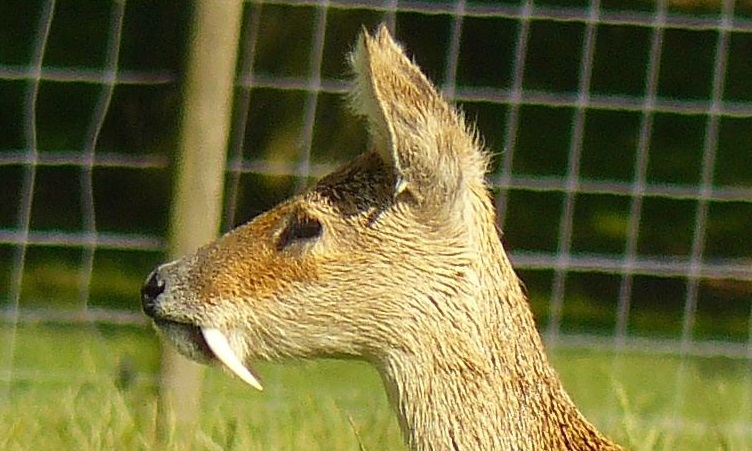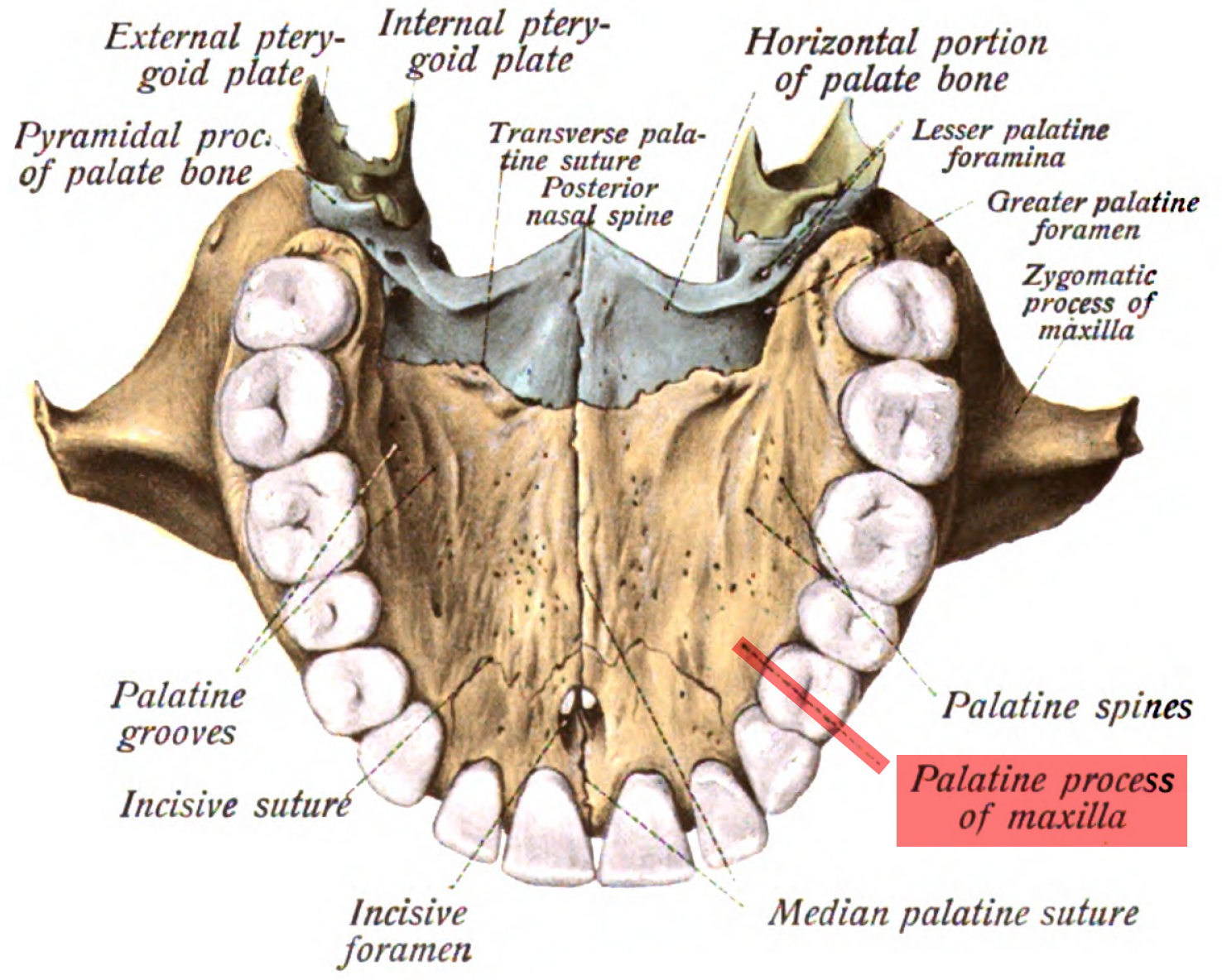|
Caninemys
''Caninemys'' is an extinct genus of large freshwater Pleurodira, side-necked turtle, belonging to the family Podocnemididae. Its fossils have been found in Brazil and Colombia, in rocks dating back from the middle to late Miocene. Discovery and naming The type specimen of ''Caninemys'', a well preserved skull (DNPM-MCT 1496-R), was found in 1962 in Acre State, Brazil by Llewellyn Ivor Price. Originally mentioned by Lapparent de Broin (1993) alongside several shell fragments similar to ''Stupendemys'', it was concluded that the data was insufficient to refer the skull to the massive podocnemid, especially in the light of other similarly sized turtle remains from Miocene South America. In 2009 Meylan, Gaffney and De Almeida Campos described ''Caninemys'' on the basis of the skull alone, not including the shell fragments mentioned by de Broin due to the possibility of a chimeric combination. They do however consider it very probable that LACM 141498, a lower jaw, belongs to the sam ... [...More Info...] [...Related Items...] OR: [Wikipedia] [Google] [Baidu] |
Stupendemys
''Stupendemys'' is an extinct genus of freshwater side-necked turtle, belonging to the family Podocnemididae. It is the largest freshwater turtle known to have existed, with a carapace over 2 meters long. Its fossils have been found in northern South America, in rocks dating from the Middle Miocene to the very start of the Pliocene, about 13 to 5 million years ago. Male specimens are known to have possessed bony horns growing from the front edges of the shell and the discovery of the fossil of a young adult shows that the carapace of these turtles flattens with age. A fossil skull described in 2021 indicates that ''Stupendemys'' was a generalist feeder. History and naming ''Stupendemys'' was first named in 1976 by Roger C. Wood based on specimen MCNC-244, the medial portion of a large sized carapace with associated left femur, scapulacoracoid and a cervical vertebra. Wood also described several other specimens he referred to ''Stupendemys'', which includes MCZ(P)-4376. This sp ... [...More Info...] [...Related Items...] OR: [Wikipedia] [Google] [Baidu] |
Podocnemididae
Podocnemididae is a family of pleurodire (side-necked) turtles, once widely distributed. Most of its 41 genera and 57 species are now extinct. Seven of its eight surviving species are native to South America: the genus '' Peltocephalus'', with two species, only one of which is extant (''P. dumerilianus'', the Big-headed Amazon River turtle); and the genus ''Podocnemis'', with six living species of South American side-necked river turtles and four extinct. There is also one genus native to Madagascar: '' Erymnochelys'', the Madagascan big-headed turtle, whose single species ''E. madagascariensis''. Like other pleurodire turtles, podocs have a "side-necked" defensive posture, turning the head sideways to hide it under the shell. Another characteristic of pleurodires is that the pelvis is fused to the shell which prevents pelvic motion, making it difficult to walk on land. Podocnemididae turtles live in aquatic environments and have shells streamlined to aid in swimming. The family ... [...More Info...] [...Related Items...] OR: [Wikipedia] [Google] [Baidu] |
Serravallian
The Serravallian is, in the geologic timescale, an List of time periods, age or a stage (stratigraphy), stage in the middle Miocene epoch (geology), Epoch/series (stratigraphy), Series, which spans the time between 13.82 annum, Ma and 11.63 Ma (million years ago). The Serravallian follows the Langhian and is followed by the Tortonian. It overlaps with the middle of the Astaracian European Land Mammal Mega Zone, the upper Barstovian and lower Clarendonian North American Land Mammal Ages and the Laventan and lower Mayoan South American Land Mammal Ages. It is also coeval with the Sarmatian and upper Badenian Stages of the Paratethys time scale of Central and eastern Europe. Definition The Serravallian Stage was introduced in stratigraphy by the Italy, Italian geologist Lorenzo Pareto in 1865. It was named after the town of Serravalle Scrivia in northern Italy. The base of the Serravallian is at the first occurrence of fossils of the Plankton#Size groups, nanoplankton species ''Sph ... [...More Info...] [...Related Items...] OR: [Wikipedia] [Google] [Baidu] |
Canine (tooth)
In mammalian oral anatomy, the canine teeth, also called cuspids, dogteeth, eye teeth, vampire teeth, or fangs, are the relatively long, pointed teeth. In the context of the upper jaw, they are also known as '' fangs''. They can appear more flattened, however, causing them to resemble incisors and leading them to be called ''incisiform''. They developed and are used primarily for firmly holding food in order to tear it apart, and occasionally as weapons. They are often the largest teeth in a mammal's mouth. Individuals of most species that develop them normally have four, two in the upper jaw and two in the lower, separated within each jaw by incisors; humans and dogs are examples. In most species, canines are the anterior-most teeth in the maxillary bone. The four canines in humans are the two upper maxillary canines and the two lower mandibular canines. They are specially prominent in dogs (Canidae), hence the name. Details There are generally four canine teeth: two i ... [...More Info...] [...Related Items...] OR: [Wikipedia] [Google] [Baidu] |
Bairdemys
''Bairdemys'' is an extinct genus of side-necked turtles in the family Podocnemididae. The genus existed from the Late Oligocene to Late Miocene and its fossils have been found in South Carolina, Puerto Rico, Panama and Venezuela. The genus was described in 2002 by Gaffney & Wood and the type species is ''B. hartsteini''. Taxonomy ''Bairdemys'' belonged to the Stereogenyini, a tribe of the subfamily Erymnochelyinae that had adapted to coastal marine habitats and was successful from the late Oligocene through much of the Neogene. This tribe was primarily diverse along the coastlines of the Tethys (and later Indian) ocean of Africa and Asia, with ''Bairdemys'' being the only genus inhabiting the coastlines of the western Atlantic Ocean along the Americas. The separation between the Afro-Asian Stereogenyita and the American Bairdemydita (containing only ''Bairdemys'') appears to have occurred at the start of the Late Oligocene. Description The first species in the genus d ... [...More Info...] [...Related Items...] OR: [Wikipedia] [Google] [Baidu] |
Secondary Palate
The secondary palate is an anatomical structure that divides the nasal cavity from the oral cavity in many vertebrates. In human embryology, it refers to that portion of the hard palate that is formed by the growth of the two palatine shelves medially and their mutual fusion in the midline. It forms the majority of the adult palate and meets the primary palate at the incisive foramen. Clinical significance Secondary palate development begins in the sixth week of pregnancy and can lead to cleft palate when development goes awry. There are three major mechanisms known to cause this failure: #Growth retardation — Palatal shelves do not grow enough to meet each other. #Mechanical obstruction — Improper mouth size, or abnormal anatomical structures in the embryonic mouth prevent fully grown shelves from meeting each other. #Midline epithelial dysfunction (MED) - The surface mucosa of embryonic shelves is impaired, which causes a failure of palatal fusion. Evolution T ... [...More Info...] [...Related Items...] OR: [Wikipedia] [Google] [Baidu] |
Maxilla
In vertebrates, the maxilla (: maxillae ) is the upper fixed (not fixed in Neopterygii) bone of the jaw formed from the fusion of two maxillary bones. In humans, the upper jaw includes the hard palate in the front of the mouth. The two maxillary bones are fused at the intermaxillary suture, forming the anterior nasal spine. This is similar to the mandible (lower jaw), which is also a fusion of two mandibular bones at the mandibular symphysis. The mandible is the movable part of the jaw. Anatomy Structure The maxilla is a paired bone - the two maxillae unite with each other at the intermaxillary suture. The maxilla consists of: * The body of the maxilla: pyramid-shaped; has an orbital, a nasal, an infratemporal, and a facial surface; contains the maxillary sinus. * Four processes: ** the zygomatic process ** the frontal process ** the alveolar process ** the palatine process It has three surfaces: * the anterior, posterior, medial Features of the maxilla include: * t ... [...More Info...] [...Related Items...] OR: [Wikipedia] [Google] [Baidu] |
Alligator Snapping Turtle
The alligator snapping turtle (''Macrochelys temminckii'') is a large species of turtle in the Family (biology), family Chelydridae. They are the largest freshwater turtle in North America. The species is Endemism, endemic to freshwater habitats in the United States. ''M. temminckii'' is one of the heaviest living freshwater turtles in the world. It is often associated with, but not closely related to, the common snapping turtle, which is in the genus ''Chelydra''. The Specific name (zoology), specific epithet ''temminckii'' is in honor of Dutch zoology, zoologist Coenraad Jacob Temminck. Taxonomy Although it was once believed that only one Extant taxon, extant species exists in the genus ''Macrochelys'', recent studies have shown that there are two species, the other being the Suwannee snapping turtle (''M. suwanniensis'') of the Suwannee River. The most recent common ancestor (MRCA) of the two species lived approximately 3.2 to 8.9 million years ago, during the late Miocene to ... [...More Info...] [...Related Items...] OR: [Wikipedia] [Google] [Baidu] |
Premaxilla
The premaxilla (or praemaxilla) is one of a pair of small cranial bones at the very tip of the upper jaw of many animals, usually, but not always, bearing teeth. In humans, they are fused with the maxilla. The "premaxilla" of therian mammals has been usually termed as the incisive bone. Other terms used for this structure include premaxillary bone or ''os premaxillare'', intermaxillary bone or ''os intermaxillare'', and Goethe's bone. Human anatomy In human anatomy, the premaxilla is referred to as the incisive bone (') and is the part of the maxilla which bears the incisor teeth, and encompasses the anterior nasal spine and alar region. In the nasal cavity, the premaxillary element projects higher than the maxillary element behind. The palatal portion of the premaxilla is a bony plate with a generally transverse orientation. The incisive foramen is bound anteriorly and laterally by the premaxilla and posteriorly by the palatine process of the maxilla. It is formed from ... [...More Info...] [...Related Items...] OR: [Wikipedia] [Google] [Baidu] |
Parietal Bone
The parietal bones ( ) are two bones in the skull which, when joined at a fibrous joint known as a cranial suture, form the sides and roof of the neurocranium. In humans, each bone is roughly quadrilateral in form, and has two surfaces, four borders, and four angles. It is named from the Latin ''paries'' (''-ietis''), wall. Surfaces External The external surface [Fig. 1] is convex, smooth, and marked near the center by an eminence, the parietal eminence (''tuber parietale''), which indicates the point where ossification commenced. Crossing the middle of the bone in an arched direction are two curved lines, the superior and inferior temporal lines; the former gives attachment to the temporal fascia, and the latter indicates the upper limit of the muscular origin of the temporal muscle. Above these lines the bone is covered by a tough layer of fibrous tissue – the epicranial aponeurosis; below them it forms part of the temporal fossa, and affords attachment to the temporal mu ... [...More Info...] [...Related Items...] OR: [Wikipedia] [Google] [Baidu] |




